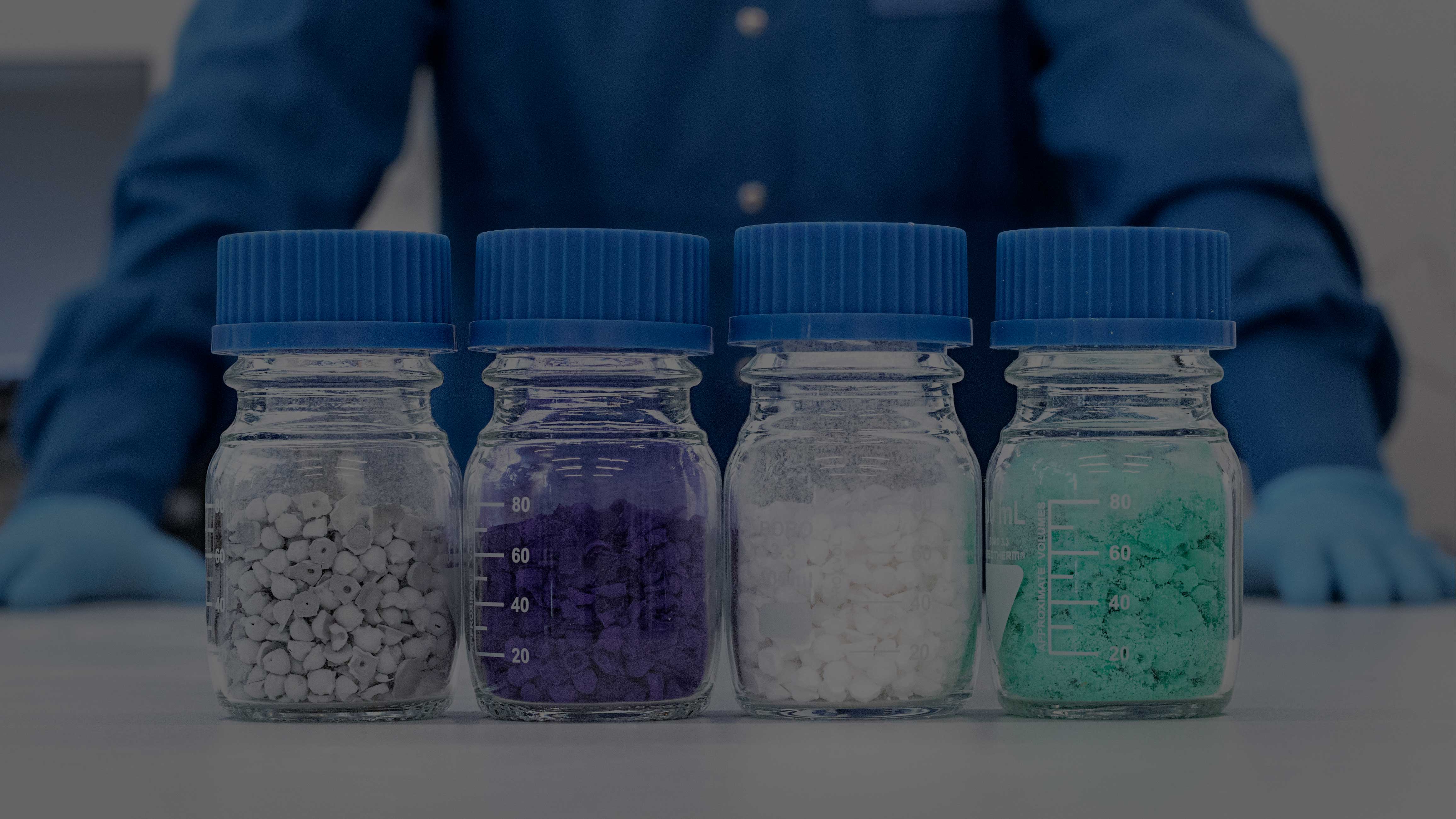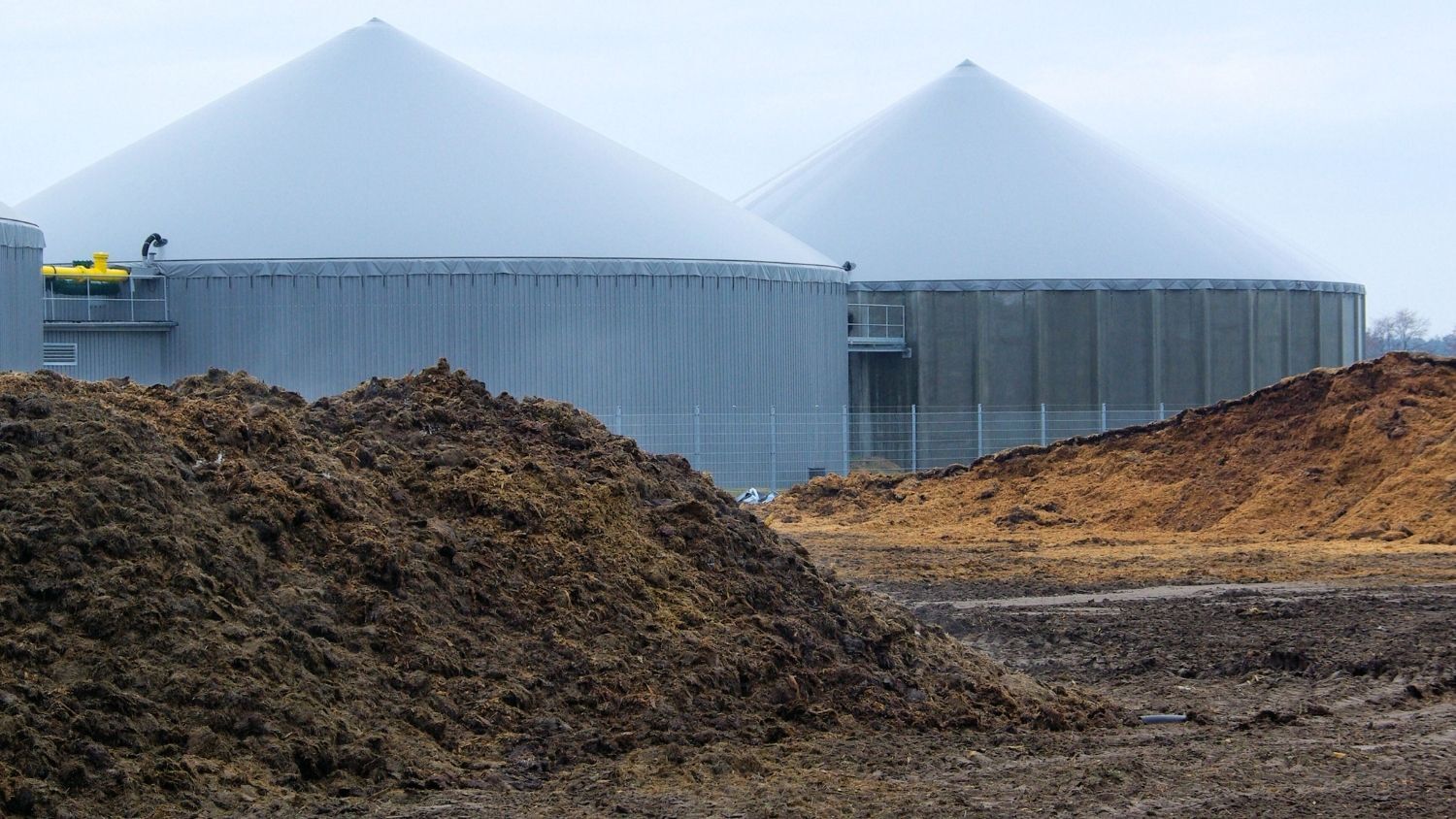The temperature of the Earth’s atmosphere has changed over time due to natural events. However, current changes have been caused mainly by human activities, especially since the Industrial Revolution. Even small shifts in global average temperature of just one or two degrees Celsius can disrupt ecosystems and weather, affecting agriculture, water resources, and human health on a massive scale. As countries work to meet environmental goals outlined in international agreements, reducing carbon dioxide emissions is not enough; we need to do more, like capture the generated CO2 before it reaches the atmosphere.
One of the most promising tools in this effort is point-source carbon capture. In this context, using Metal-Organic Frameworks (MOFs) offers technical and economic advantages, making them ideal for both industrial and modular applications. As climate goals become more ambitious, advanced materials like MOFs will play a pivotal role in achieving a low-carbon future.
The Climate Trends Before the Industrial Era
The Holocene is the current geological epoch in Earth's history. It began approximately 12,000 years ago and continues to the present day. The Holocene is characterized by climate stability, which allowed the development of agriculture, cities, and complex societies.
With man-made climate change, we have now left the Holocene’s window of climate stability, reaching a global temperature anomaly not seen in the last 10,000 years.

Source: https://www.climate.gov/news-features/climate-qa/whats-hottest-earth-has-been-lately
The Turning Point: Industrial Revolution
The Industrial Revolution began around 1750, marking a new era in human history but also a deviation from the Holocene stability. Such a change has been caused by the mass burning of coal, oil, and gas releasing vast amounts of greenhouse gases such as carbon dioxide, methane, and nitrous oxide into the atmosphere. The sharp deviation in CO2 concentrations is marked around 1850.

Source: https://www.climate.gov/media/12990
Along with the increase of greenhouse gases in the atmosphere, a warming effect started. Two-thirds of this warming has occurred since 1975, reflecting the increase in fossil fuel use and industrial activity. Since pre-industrial times, the global average surface temperature has risen by ~1.2 °C as of 2024.
Recent research has revealed that current global temperatures are now higher than at any point in the Holocene, which means the Earth is warmer than it has been in the last 10,000 years. This dramatic and recent departure from natural variability is unlike anything Earth has experienced in the Holocene and marks the transition toward a new, human-driven epoch often referred to as the Anthropocene. A clear example of the warming effect is the city of Zurich, which has seen a 2°C increase by 2024.

Source: https://showyourstripes.info/c/europe/switzerland/zrich
Why CO2 Matters Most?
Among greenhouse gases, carbon dioxide is the main driver of long-term climate change. While less potent in the short term than methane (CH4) or nitrous oxide (N2O), CO2 is far more persistent, remaining in the atmosphere for hundreds to thousands of years. From a pre-industrial level of ~280 ppm to the current CO2 level of ~420 ppm, carbon dioxide alone accounts for over 75% of anthropogenic greenhouse warming.
Therefore, reducing CO2 emissions is critical, but even with the most aggressive efforts to transition to clean energy sources, essential industrial processes like steel, cement, and chemical production are hard to abate. This is where carbon capture comes in.
The Role of Point-Source CO2 Capture
Point-source carbon capture involves capturing CO2 directly at the source, typically from smokestacks or industrial exhaust systems, before it enters the atmosphere. Such a strategy brings several benefits:
- High impact: Can capture up to 90–95% of a facility's CO2 emissions.
- Essential for industry: Critical for decarbonizing sectors like cement, steel, and petrochemicals.
- Scalable: Can be deployed globally at point sources responsible for the majority of industrial emissions.
Point-source carbon capture is only as effective as the technology used to extract CO2 at the emission site. Traditionally, industries have relied on amine-based solvents, which are energy-intensive, degrade over time, and can corrode equipment. This is where Metal–Organic Frameworks present a transformative advantage.
Bridging the Gap: MOFs in Point-Source CO2 Capture
MOFs are now being integrated into next-generation point-source capture systems, especially in sectors where emissions are high, continuous, and hard to eliminate, such as cement, steel, chemical plants, and power generation. These crystalline materials act like ultra-fine sponges, engineered at the nanoscale to selectively trap CO2 molecules even in the presence of moisture and other gases. MOFs offer numerous advantages:
- Extremely high surface area—up to 7,000 m² per gram.
- Selective CO2 capture even in low concentrations.
- Low regeneration energy, with regeneration temperatures as low as 90°C, reducing the cost and energy footprint of capture.
- Tunability: MOFs can be customized for specific gas mixtures or industrial conditions.
- Compact and modular, allowing use in mobile or smaller-scale systems.
Unlike conventional amine-based solvents, MOFs offer higher efficiency, lower corrosion risk, and greater stability, especially under industrial temperature and humidity conditions. As global demand for carbon management solutions grows, MOFs stand out as a scalable and flexible technology for meeting emissions targets.
As industries strive to meet net-zero targets, MOF-enhanced point-source capture systems will play an increasingly important role in achieving deep decarbonization without disrupting essential operations.
Interested in MOFs? Reach out to us to know more about CO2 capture solutions.




.jpg)
